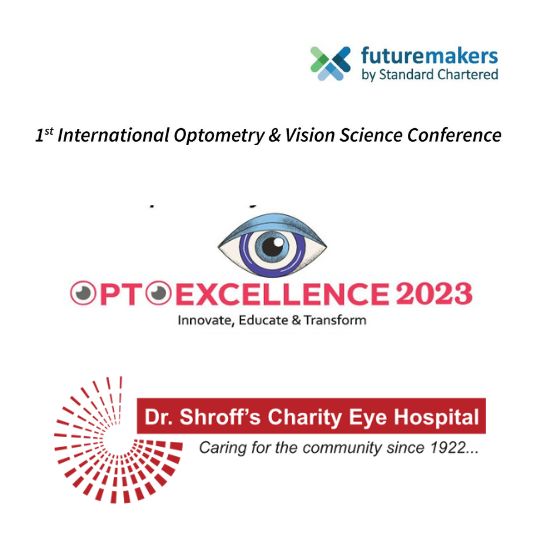
Welcome to question of the day #167
Eyetoolsquestion of the day #167
It seems that there are many more children now coming through my practice that have myopia from around the age of 6 years old. And their myopia is progressing at every examination. What is going on?
I’ve just watched an online lecture by a myopia researcher. He described the current levels of myopia as a pandemic. In 2000 there were 1.4 billion people with myopia. In 2050 the projection is that there will be 4 billion.
An epidemic refers to a sudden increase in the number of cases of a disease above what is normally expected. A pandemic refers to an epidemic that has spread over several countries or continents, usually affecting a large number of people.
Myopia in Chinese adults around the age of 50 is 20% and is less than in Europe for the same age group. Chinese children however have a prevalence of myopia of 80% which is much more than levels in European children. In one generation levels of myopia in China have quadrupled. In Europe around 50% of those going to university have myopia. Interestingly, for indigenous people living in the Amazon basin myopia prevalence is 1-2 %.
Sadly, this increase in myopia prevalence leads to problems which are not often discussed. For example, in the UK for people older than 75 years old myopic degeneration is the 4th commonest cause of visual impairment ahead of diabetic eye disease. Of the top five causes of visual impairment, it is the only one where there isn’t active management widely available.
At 70 years of age 40% of uncorrectable visual impairment is in the -3 to -6D population and 60% in the < -6D population. Common causes of visual impairment amongst people with myopia are myopic degeneration and retinal detachment. The more dioptres in the prescription the more likely these problems will occur. A 1D increase in the average level of myopia (as observed in the US between 1972 and 1999) increases the amount of myopic myopathy by 32%.
A 1D decrease reduces it by 37%. Myopic maculopathy has risen to become the primary cause of visual impairment in Hong Kong and is second in China. Slowing down myopia progression by 1D is achievable with current optical interventions. Unfortunately, the risk for visual impairment from myopia is locked in at childhood. Nothing can reduce myopia once it is established. Only the progression can be slowed. A child who is -6D will always be -6D as they age and may suffer the visual consequences when in their old years. More older people with myopia means more visual impairment.
Myopia management using contact lenses is common in Australia, New Zealand, Hong Kong, Canada, Austria, Germany and Spain but very uncommon in the other countries.
A useful calculator as to how myopia management soft contact lenses can be used to slow myopia progression can be found at https://bhvi.org/myopia-education-program/ under the Global Myopia Centre tab.
I hope that more practitioners start to offer myopia management soon. Every dioptre matters.
Support what they do
You can become a member of EyeTools and support them in building a better and more sustainable professional development platform through kindness and appreciation for what them do. It also helps them build a better relationship with you over a longer period of time and you will receive some cool benefits along the way such as Certificates of Completion. To become a member, go to https://eyetools.in/
EyeTools-use it to get even better at what you do. Get the edge and be better than your competitors.Get Frank’s most recent books The Art of Investigating Binocular Vision Anomalies and The Art of Clinical Practice in Optometry for a deeper insight into everyday clinical practice.If you know someone that might benefit from these messages, please forward this to them. We are always looking to bring EyeTools to new people and we could use your help!

.jpg)
_(1080_x_1080_px).jpg)


with_UP_Cabinet_Minister_Sh_Nand_Gopal_Gupta_at_OpticsFair_demonstrating_Refraction.jpg)
with_UP_Cabinet_Minister_Sh_Nand_Gopal_Gupta_at_OpticsFair_demonstrating_Refraction_(1).jpg)

.jpg)








.jpg)



.png)




